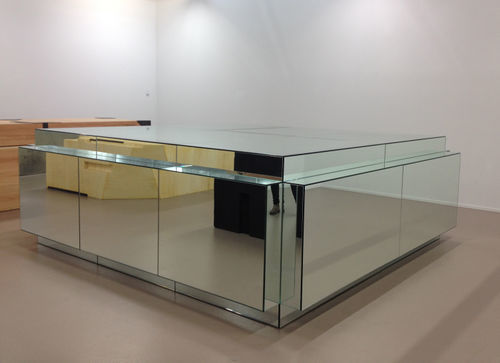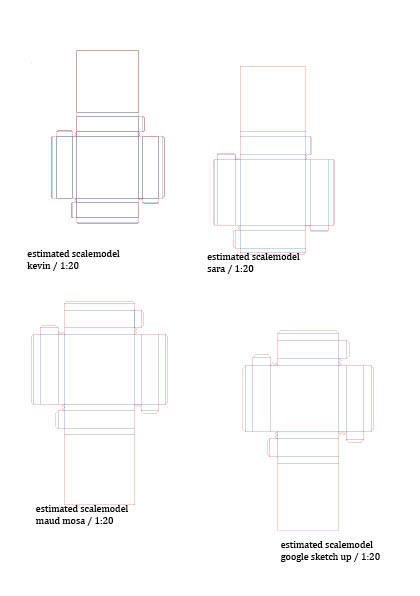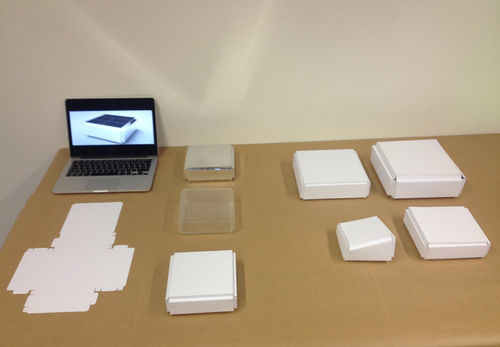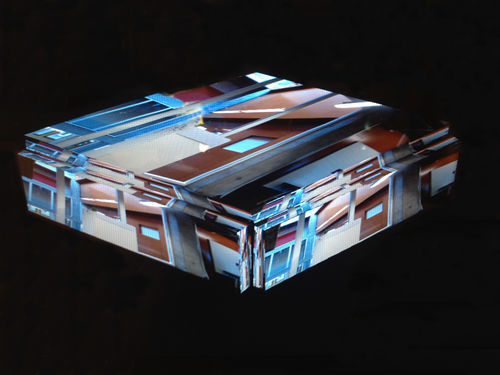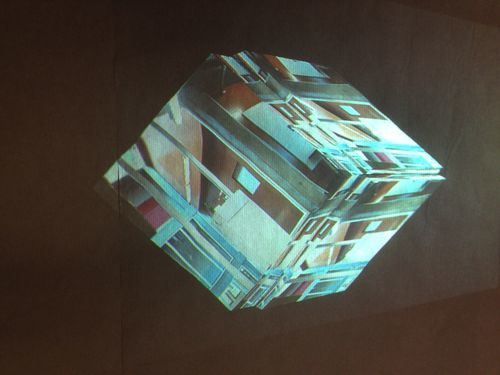PROJECT / WORKSHOP BOIJMANS VAN BEUNINGEN
DOCUMENTATION WORKSHOP CLASS / 2 SEPTEMBER – 4 SEPTEMBER
Starting at the boijmans van beuningen museum at 11 a.m, we met in the art room to hear about the workshop/assignment. The first task for this assignment was choosing an object of which you can steel all the data; like texture, color and sizes. The class was divided in groups of four and went separately in the museum to steal, digitally and analog, their chosen art pieces. Methods of ‘scanning’ and measuring the art pieces were; 123dcatch, using a laser scanner, using a centimeter, kinect scanner, structured light, milk scan, pantograph and contour mal. The next day all of the groups started with copying their art pieces. Every group chose their own method of copying and reproduction, based on the concept of their pieces. Every group struggled with their translation of their piece in another material because of the lack of workshops. But even with all these struggles, students were optimistic and the teachers did everything they could to help with using these new techniques and trying to find a solution for problems. After 3 full days of working in groups, the final assignment was making a mini exhibition. Everyone did the best they could to present their translation of their stolen object. At the end, every group except one group had their project finished and did a small presentation in front of the third year students, their own class and teachers who step by after the introduction drinks.
liu wei - sensory spaces 4
DOCUMENTATION WORKSHOP GROUP / 2 SEPTEMBER - 4 SEPTEMBER
We – MAUD, SVEN, KEVIN, SARA - decided to work with an object of the artist Liu Wei, who made an installation especially for Boijmans van Beuningen ‘Sensory spaces 4’. The work consists a combination of different objects, all made of materials and objects from everyday reality. We choose a shape made out of mirrors. The object is really geometric, it got 8 of the same corners, so it’s pretty easy to measure it. The only difficulty is that the object is made of mirrors, so it wasn’t possible to use a tool like 123Dcatch or a laser, because the mirror would reflect the original shape, and took the shapes of it’s surrounding. That’s why we decided to just take a centimeter and take the original measurements, to all estimate the sizes of the object and to take the data of a picture, taken from one corner of the object so you would get the sizes from a two points perspective view and to draw the object from a picture in Google Sketchup. With this way of working you’ll get all sort of data, good data but also data that isn’t correct, but is still data. We decided to take all the measurements and make a building/folding-package out of paper, which we could cut with the laser cut. In the end we had eight models, made by the laser cut and with folding. Because the object we choose was made of mirrors, it was a challenge to capture the original data of the material, because a mirror can take every structure, every material you want. That’s why we took the properties of a mirror, and tried to digitalize these properties in our shape as realistic as possible. We worked with projection mapping on the scaled shape of Liu Wei. The projection consisted a live camera interaction, like you’re really looking in the mirroring object. We also translated the object in a transparent shape. Because of the reflection, the object is nearly invisible.
liu wei - sensory spaces 4 - scalemodel original sizes - project 1
liu wei - sensory spaces 4 - project 1
video projection mapping screen - project 1
video projection mapping - project 1
